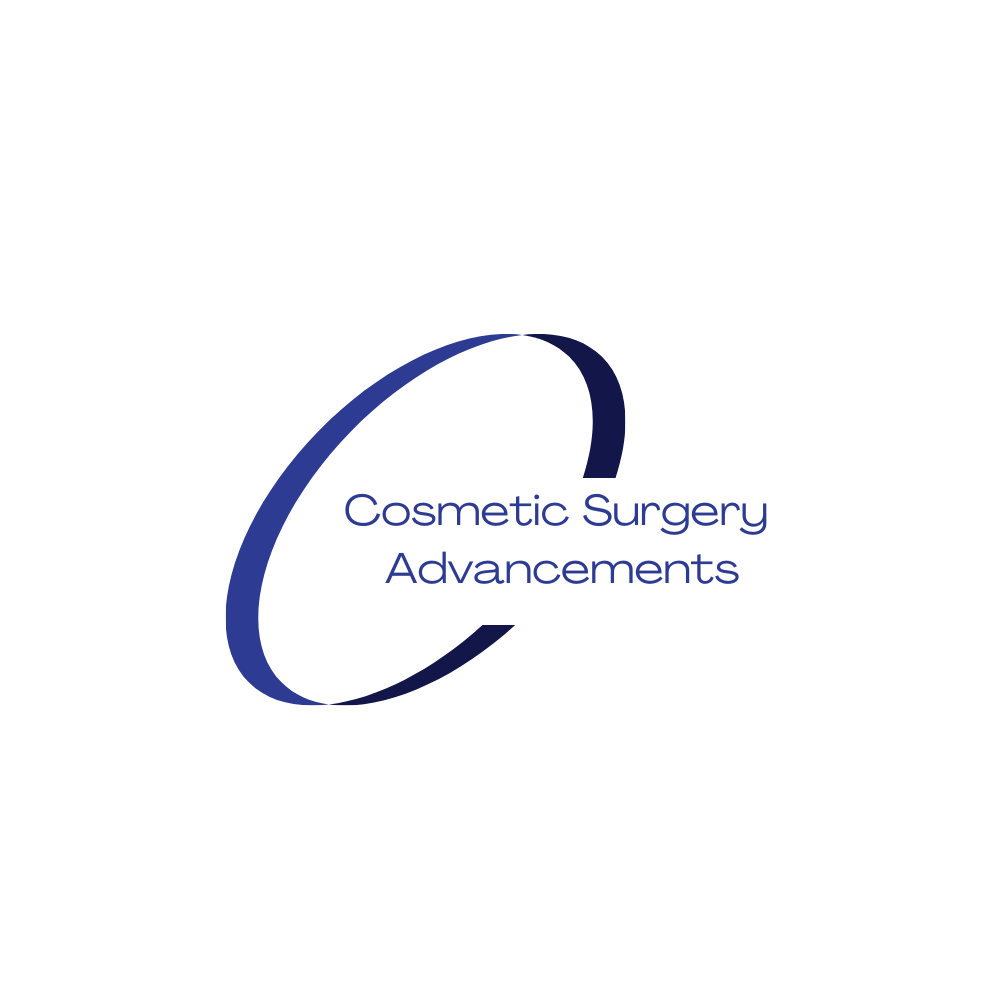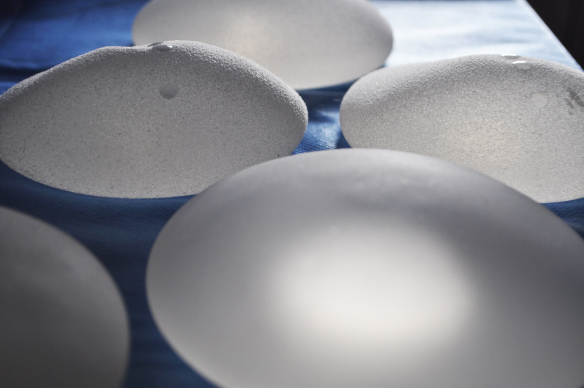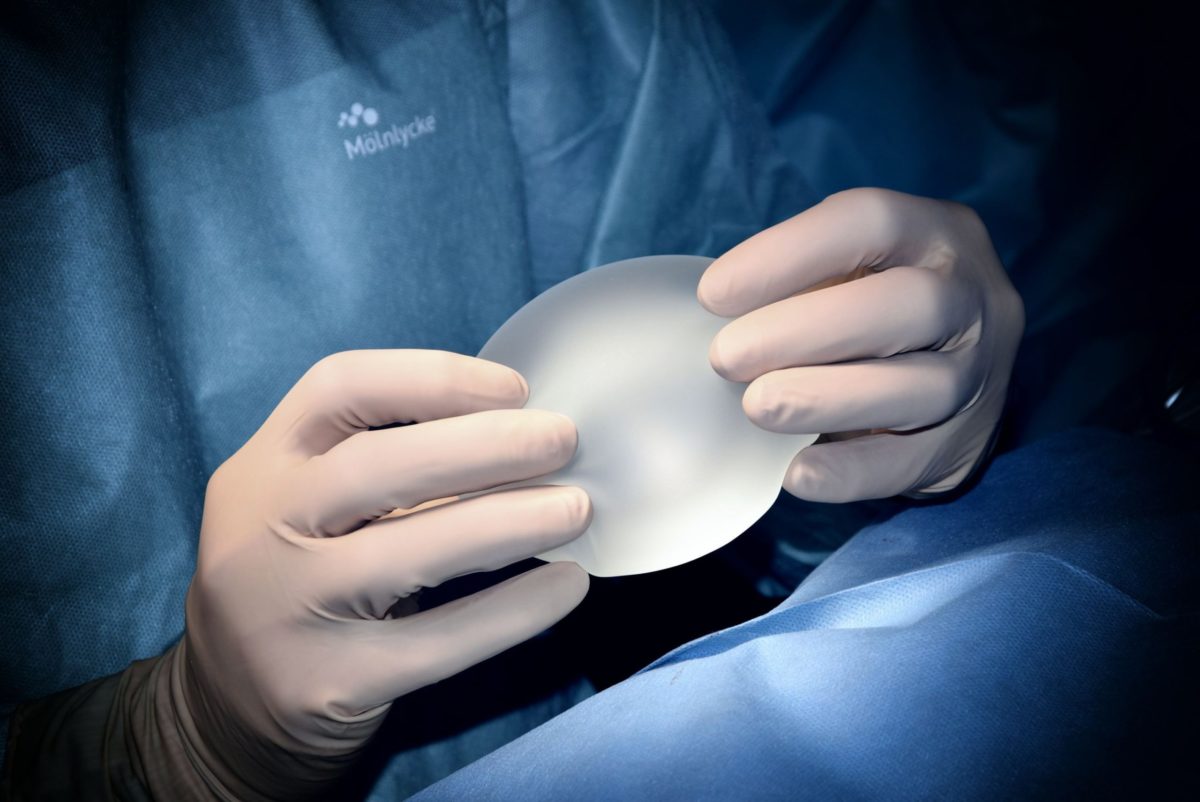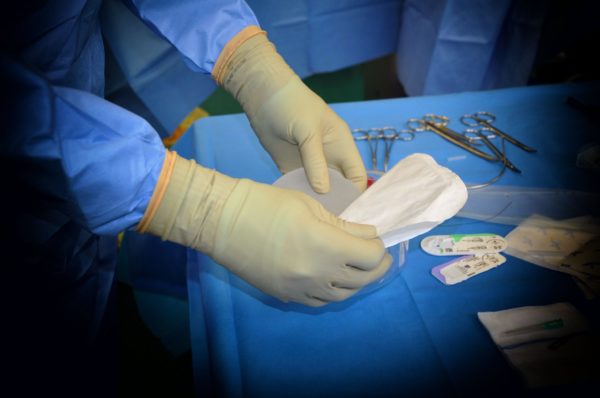Weight gain can be distressing, especially when you have worked hard to lose weight with exercise and health eating habits. One thing that many people do wonder but may be afraid to ask is should you lose weight before liposculpture? I mean if you’re spending a lot of money to have fat suctioned out, then surely it makes sense to get your money’s worth! This depends on what you are trying to achieve with liposuction. If you just want to look a little slimmer than you could decide to not worry about weight lose once you are within around 12 pounds of your target weight. After all you can have approximately 12 pounds of fat removing with one liposuction procedure.
However, you will not be carrying 12 pounds of excess weight in just one body area. It is going to be distributed over 2 or 3 areas. Price is not often discussed when discussing liposuction, yet it is a huge part of the decision to go ahead with a liposuction procedure for many people (obviously there are exceptions). The more body areas that need to be treated the higher the price. Although if you divide the total price for three areas, it will work out cheaper than the price for just one area of liposuction. Another way to reduce the cost of liposuction is to opt for local anaesthetic with twilight sedation if desired. Local anaesthetic with liposuction is also more likely to be an option, when there is only one area to treat and less fat that requires suctioning.
What can make weight loss difficult?
There are physical conditions that can make weight loss more difficult. If you are struggling to lose weight than it is advisable to have a blood test for thyroid disorders and hormone imbalance as well as food allergy testing, to rule out any other underlying disorder. Once all underlying causes are ruled out, a dietician can help you to change your diet and incorporating regular exercise to achieve a healthy weight.
Unfortunately most people are genetically disposed to carrying fat in certain areas such as the stomach, hips and thighs. When you have got to the end of your weight loss journey and still feel unhappy with certain parts of your body, liposuction may be the answer.
How to get the best results with Liposuction
Putting aside financial considerations, trying to get as close to your target weight prior to liposuction is advisable for the best possible results. When a smaller volume of fat needs to be suctioned away there is less trauma caused to the soft tissues and skin. This means a lower risk of irregular skin with dimples or bumps in the area where liposuction has been performed. When less fat is suctioned it is also possible to use finer cannulas and be more precise, this is often referred to as liposculpture.
To get the best results the most important decision you could make is the plastic surgeon who will perform your liposuction. Many surgeons offer liposuction as a ‘side line’ and it can be tempting to go to a non-specialist plastic surgeon for what might seem like a relatively simple procedure. Despite what you may have been told, there is a high level of skill required to perform liposuction or liposculpture and produce good results. Poorly done liposuction or liposculpture is dangerous, with excessive fat removal increasing the risk of coma’s and fatality. Although it is more likely that when a surgeon performs liposuction or liposculpture without expert knowledge, it is often the cause of uneven contours and skin tone.
For the best possible results and the lowest associated risks and complications always chose a specialist plastic surgeon.
Which is the best type of Liposuction?
There are various methods for performing liposuction, all are intended to reduce trauma on surrounding tissues, reduce bruising and swelling and leave a smooth skin surface. Your plastic surgeon will advise on which type they are most experienced with and believe will give you the best results.
The super-wet technique – this is the most common method, which involves injecting fluid prior to using suction assisted liposuction (SAL).
Power-assisted (PAL) – uses fast vibrations prior to using suction assisted liposuction (SAL).
Ultrasound-assisted (UAL) – uses ultrasonic waves prior to using suction assisted liposuction (SAL).
Laser-assisted (LAL) – uses laser energy prior to using suction assisted liposuction (SAL).
Risks and complications with Liposuction/Liposculpture
- Uneven skin tone with visible dimples and dips is one of the most common risks.
- Infection is rare and is normally effectively treated with antibiotics.
- Hematomas are pools of blood and seromas are pools of liquid that will normally drain away naturally, although if required are simple to treat with surgical drains.
- Changes in skin colour, is normally temporary although can rarely be long lasting.
- Scars are rarely bad, unless you are prone to keloid scarring.
- Coma, this is very rare and is normally a result of excess fat removal.
- Fatality, is extremely rare and is normally the result of excessive fat removal and poor aftercare
Recovery following Liposuction/Liposculpture
Recovery is normally relatively painless following liposuction or liposculpture. For the first 14 days you must only remove compression garments when washing. You are likely to feel sore and experience discomfort for the first 3 to 5 days. During this period swelling is likely to increase and oral painkillers such as Ibuprofen and Paracetamol may be recommended.
After 14 days you may be able to take off compression garments at night, this will be advised by your plastic surgeon and may depend on the volume of fat removed. 6 weeks after you can start to exercise although it is advisable to avoid heavy lifting of any kind. You will probably have a follow up check at this point and may be able to take your compression garments off for a few hours at a time.
After 12 weeks you should no longer require compression garments and the results should be fairly visible. After 6 months any uneven skin tone, dips, dimples or areas that have been under corrected will be noticeable. You may require a second procedure of either liposculpture or fat transfer to correct any irregularities that concern you, although this is not common.
Questions to ask prior to Liposuction or Liposculpture
- Can you use a local anaesthetic?
- Where will the procedure take place?
- What happens if I need to be admitted to the hospital due to complications?
- When did you start performing liposuction/liposculpture procedures?
- How many liposuction/liposculpture procedures have you performed during the last 12 months?
- Why do you recommend a specific type of liposuction/liposculpture?
- What percentage of your patients needed a secondary liposuction/liposculpture procedure?
- What reasons were secondary liposuction/liposculpture procedures requested?
- What are the risks and complications of liposuction/liposculpture procedures?
- What charges will I incur if I am not satisfied and want a secondary procedure?




